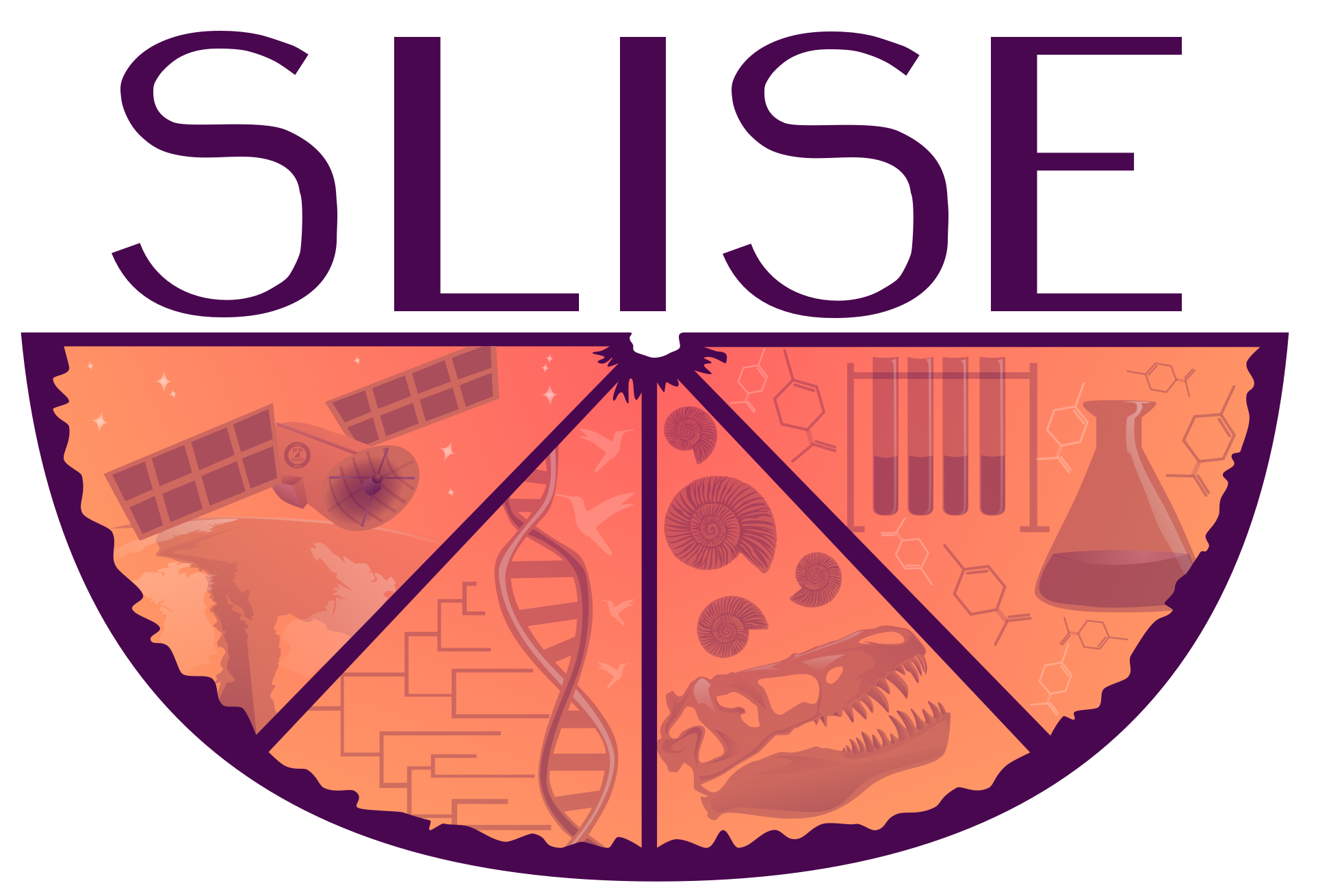S.L.I.S.E. Suggestions for Science Courses
How do you integrate the information from this website into your course? The good news is that this site is teaching-method agnostic. You don’t have to change the way you teach. Here’s a step-by-step suggestion for how to start using these topics in class.
- The first step is to learn the connections between your science content and social issues, which is the primary purpose of this site. Use the links to articles, videos, and books listed here to get a deep understanding of one or more social issue(s) that connects to your curriculum.
- When you understand the connection, you can start small in bringing it into your course. Start with the issue that you feel most comfortable talking about. Include it in your course in a way that you already teach. So if you lecture, just put it in the lecture. Love worksheets? Edit an existing worksheet to include it. Whatever you normally do, keep doing that! Discussions, projects, or reading assignments can all be created around these connections in a way that fits into your normal teaching methods. If you’re strapped for time, it can just be a 5 minute addition to your normal discussion with students. If teaching about an issue feels too big, start with representation: let your students know about diverse scientists.
- Slowly add in more social issues to your class. This may take several years of development.
- Once this has become part of your curriculum and you begin broaching topics that may be more sensitive, you may want to begin the course or unit by preparing students for these types of conversations. You can give a comfort survey and/or Term List (thanks to Olive Branch Educators for making me aware of these).
What’s a comfort survey? A comfort survey is given at the beginning of the term or before a particular sensitive topic is discussed. It gives students a chance to identify not only their comfort level with the topic, but also the reasons for that level. Comfort surveys can be given (anonymously, if preferred) on paper or digitally via Google Forms or Microsoft Forms (see example image below). The comfort survey can take the following format and be tweaked according to what works for your course.
Example (you can copy and paste):
- How comfortable are you discussing the issue(s) of X*?
very comfortable 1 2 3 4 5 very uncomfortable
2. Why do you feel the level of comfort you indicated above? Circle all that apply.
- I don’t know the right words to use
- I’m afraid I’ll say something wrong or hurt someone’s feelings
- I’m afraid others will say something hurtful to me or others
- I know a lot about this topic
- I don’t know much about this topic
- I have direct experience with this topic and/or this issue directly effects me
- other:
*X can be:
- race and racism
- sex/gender and sexism/gender discrimination
- LGBTQ+ people
- poverty and socioeconomic status
- addiction
- climate change and climate justice
- disability discrimination
- weight stigma and discrimination
- Indigenous people
- stress

More Resources
Sites Diverse Representation in Science. Diverse representation is important, so we have provided links to sites that highlight scientists and science experts.
- Scientist Spotlights Initiative
- NPR diverse sources
- The Underrepresentation Curriculum Project
- S.L.I.S.E. Course Resource Pages will have subject specific links
Sites with more about the connecting socio-scientific issues and teaching science:
- Social Justice Standards
- Nova STEM and Social Justice
- OpenSciEd equitable teaching material
